Estonia
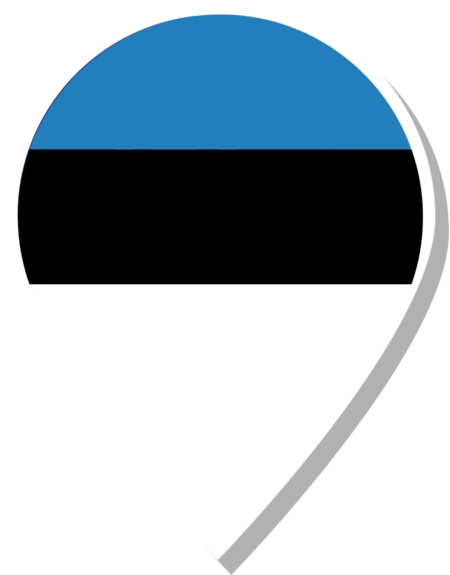
In addition to being an example of sustainable transportation, Estonia is also one of the countries that have managed to promote advances in social sustainability by reducing poverty levels and increasing levels of freedom and happiness. Discover the destinations that have been applying the concepts of sustainability into their daily practices.
Not sure where to go?
Explore the options for a responsible trip
GOOD PLACES TO VISIT
Explore destinations that were awarded for their sustainability efforts
GOOD BUSINESSES
Discover accommodations, restaurants, shops and attractions that are commited to responsible development

Historic and cultural heritage
In addition to the beaches, take the opportunity to visit the Casa de Taipa Museum and the Church of São Miguel do Arcanjo.
PROMO CODE:
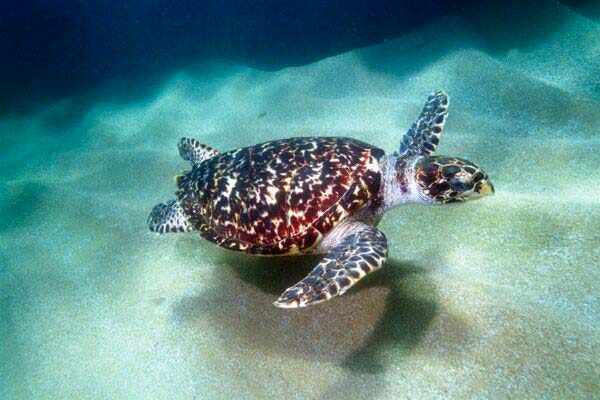
Historic and cultural heritage
In addition to the beaches, take the opportunity to visit the Casa de Taipa Museum and the Church of São Miguel do Arcanjo.
PROMO CODE:
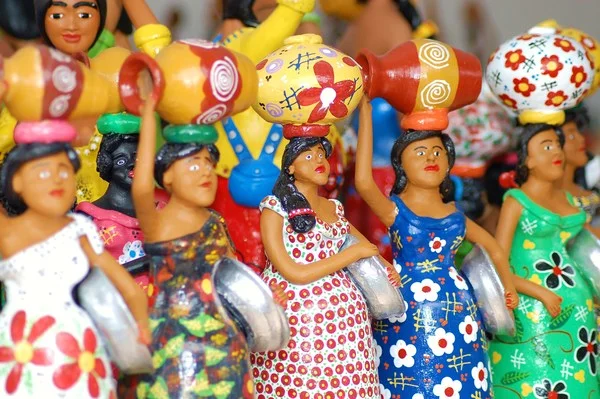
Historic and cultural heritage
In addition to the beaches, take the opportunity to visit the Casa de Taipa Museum and the Church of São Miguel do Arcanjo.
PROMO CODE:
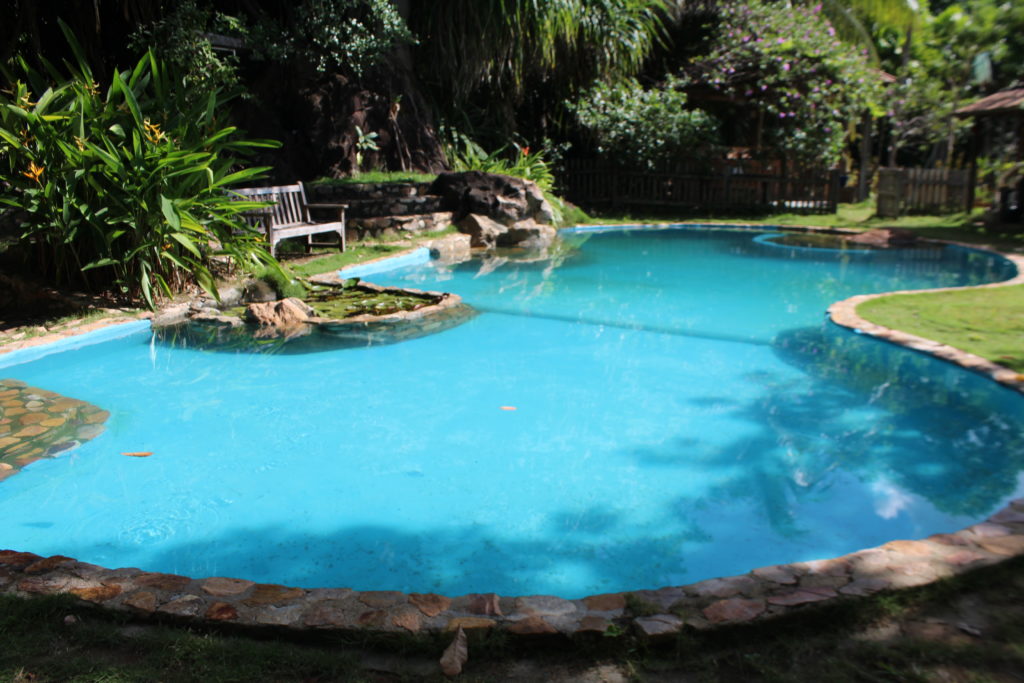
Historic and cultural heritage
In addition to the beaches, take the opportunity to visit the Casa de Taipa Museum and the Church of São Miguel do Arcanjo.
PROMO CODE:
GOOD PRACTICE STORIES

Get inspired with stories from places and people that are acting for a fair and responsible tourism
Hiiumaa Island
For 26 years, Hiiumaa has been leading the way in Estonia with the first implemented green certificate and label in the land. Hiiumaa Green Label, a symbol of responsible environmental practices and local pride of a separated island, where sea transport or local handling capacity must be taken into account for each raw material, product and waste. This initiative, inspired by the EcoIslands project in 1995, empowers eco-conscious consumers to make informed choices while promoting sustainable tourism and resilient consumption.
Järvamaa
With the number of inhabitants decreasing and the limited financial prospects of the local authorities in Väätsa Järvamaa, it was urgent to think out of the box and implement a solution to attract more visitors to the destination. The Christmas window project was created making Väätsa an attractive place for winter enthusiasts and young families with community spirit being highly valued. Väätsa has set an inspiring example on how small towns with limited resources can make a significant impact.
Lahemaa
The steps taken by Visit Lahemaa to make transportation to the park more sustainable. 84% of visitors relied on cars when visiting Lahemaa National Park due to the difficulty of using public transport and bicycles.. Therefor, Visit Lahemaa collaborated with local stakeholders to improve public transport access, rename bus stops, introduce bike rentals, and launch a hop-on-hop-off bus service. Benefits are easier access to the park by public transport, increased use of sustainable travel options, economic benefits for local entrepreneurs, and positive visitor feedback on the new services.
Tallinn
Estonian Song Festival, declared a Masterpiece of the Oral and Intangible Heritage of Humanity by UNESCO, is one of the largest choral events in the world, with over 125,000 people participating as either performers or spectators. The ecological footprint of the event grew through the years and therefore the festival produced not only memorable experiences but also vast quantities of waste. The commitment to sustainability aimed to minimise the festival’s ecological footprint by targeting waste reduction, For the first time at a major large scale event in Estonia, the festival used only reusable dishes, a practice that is not yet commonplace in the world. Thanks to the reusable tableware system, over half a million pieces of single-use tableware were left unused, preventing over 3.5 tonnes of plastic waste.
Tartu
The opening event of Tartu 2024 aims to set a benchmark for sustainable management as the European Capital of Culture. Key challenges identified include making the event more accessible for individuals, enhancing their ability to see and hear effectively, and preventing overcrowding, all while navigating the challenges of a January event. To address these issues, the organizers are implementing a range of solutions. For improved visibility and audibility, advanced technologies such as using multiple screens around the city centre with real-time captioning on television in 60 countries and subtitles that can be accessed via QR code. By focusing on inclusivity, Tartu 2024 aims to create a welcoming and efficient event that sets a new standard for future cultural initiatives. This approach underscores Tartu’s commitment to accessibility and thoughtful event planning.
Viljandimaa ja Mulgimaa
As Viljandi was losing its traditional folk music, the Folk music festival was born in 1993 from a student’s initiative and evolved through the years with the support of organizations, engaging young students, musicians and bands through natural role models. The festival ensured the vitality of the traditional culture and puts Viljandi on the map as one of the largest music events destination in the Baltic and Nordic regions.
Sustainability
Estonia is recognized as one of the leading nations globally when it comes to sustainable development metrics that take into account the balanced progress across social, economic, and environmental domains. The country is committed to renewable energy sources, efficient waste management, and promoting sustainable practices in industries like forestry and agriculture. In addition, regarding tourism policies, their main objective is to make Estonia viable and to support their businesses to be resilient to changes.
Travel tips from our editors
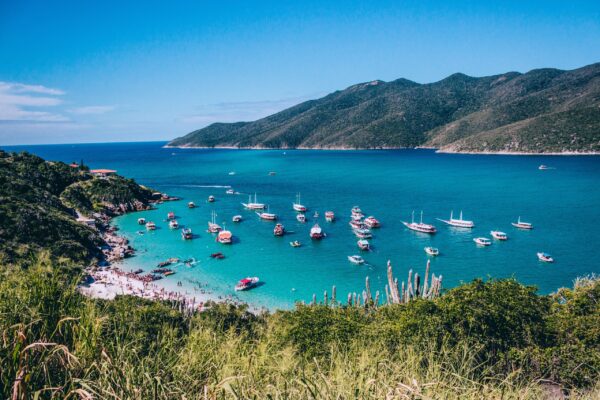
Getting around
Getting around Estonia is quite convenient due to its well-developed transportation infrastructure. In urban areas like Tallinn, Tartu, and Pärnu, public transportation, including buses, trams, and trolleys, is efficient and covers most parts of the cities. Furthermore, inter-city buses are the best options to go from place to place. The country is also known for its bike-friendly environment, with dedicated cycling lanes and rental services available in many places
Discover Estonia by bus:
7 top green destinations in 7 days!
Tourism & People
Estonia has a rich cultural heritage of folk song and dance, colourful handicrafts, wooden saunas and rustic food. It is a hidden gem for travelers, known for its unique blend of natural beauty, rich history, and welcoming people. Tourists are drawn to its picturesque medieval towns, pristine forests, and the enchanting Baltic coastline. What sets Estonia apart is the warm hospitality of its people, who take pride in sharing their culture and traditions with visitors.
Nature & Wildlife
Estonia’s natural beauty and wildlife are evidence of its commitment to conservation. With vast areas of forests, wetlands, and a diverse array of habitats, the country provides a sanctuary for a wide range of wildlife. From lynx and wolves in the forests to migratory birds along its coasts, it offers unique opportunities for wildlife enthusiasts. The country’s network of national parks and preserves ensures the protection of these ecosystems, making it a haven for both native and migratory species, while also providing nature lovers with countless opportunities to connect with the wild side of Estonia.
Sustainability Recognitions
Brazil has 9 destinations featured in the Top 100 Sustainable Destinations 2021.

Other sustainability certifications can be seen here (English) and here (Portuguese).

Fernanda Rodak | Page Editor
“Brazil is a worldwide known hotspot for biodiversity as well as home to a multitude of cultural expressions. The natural and cultural heritage and immense variety of tourism experiences in the country are valuable assets for its competitiveness. Yet, as we envision a post Covid-19 era, sustainability in tourism becomes crucial to build resilience and guarantee the long-lasting health of Brazil’s ecosystems and well-being of the hosting communities. This would also ensure an active contribution of the country’s tourism sector to the Sustainable Development Goals.”
Visit other destinations nearby?
Get in touch
Support
We are a multicultural, creative and dedicated team working to promote sustainable tourism. Join us in our fight against the climate crisis, single-use plastics and over-tourism!
